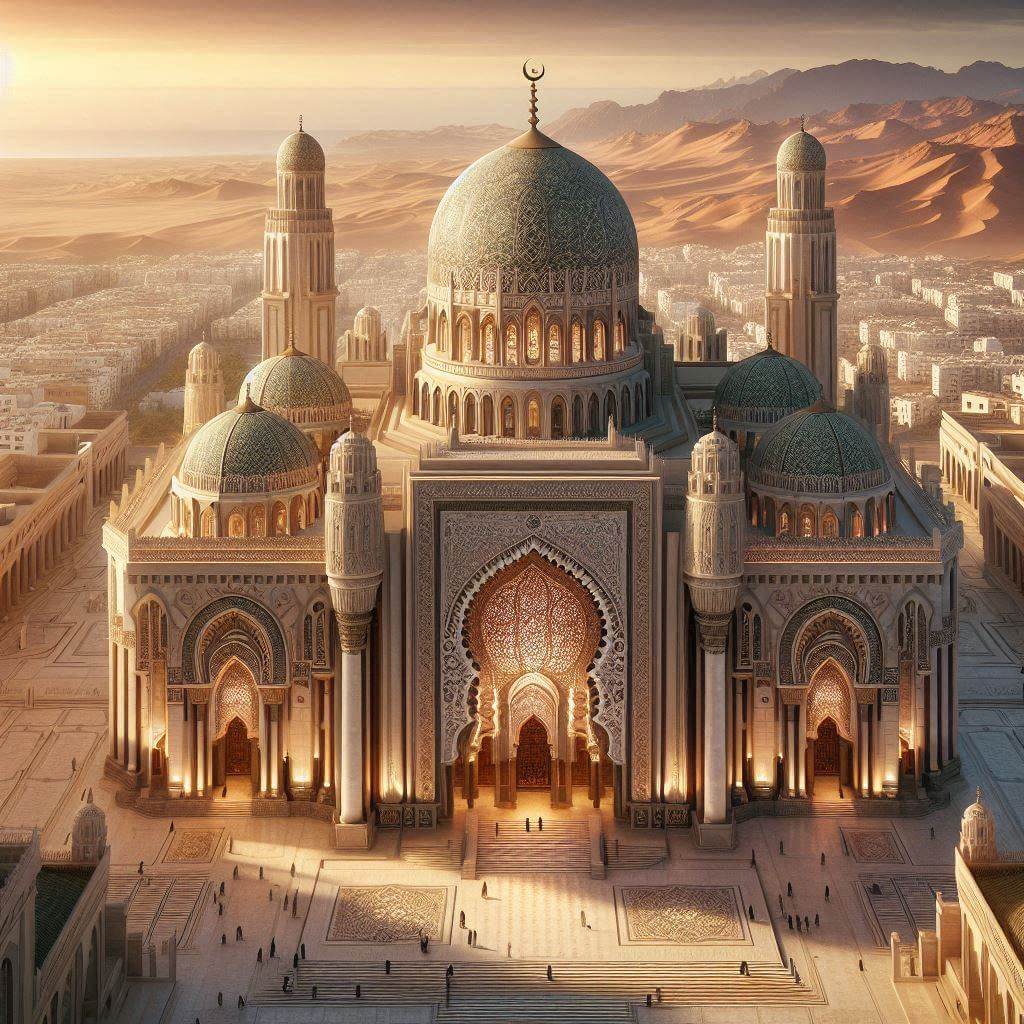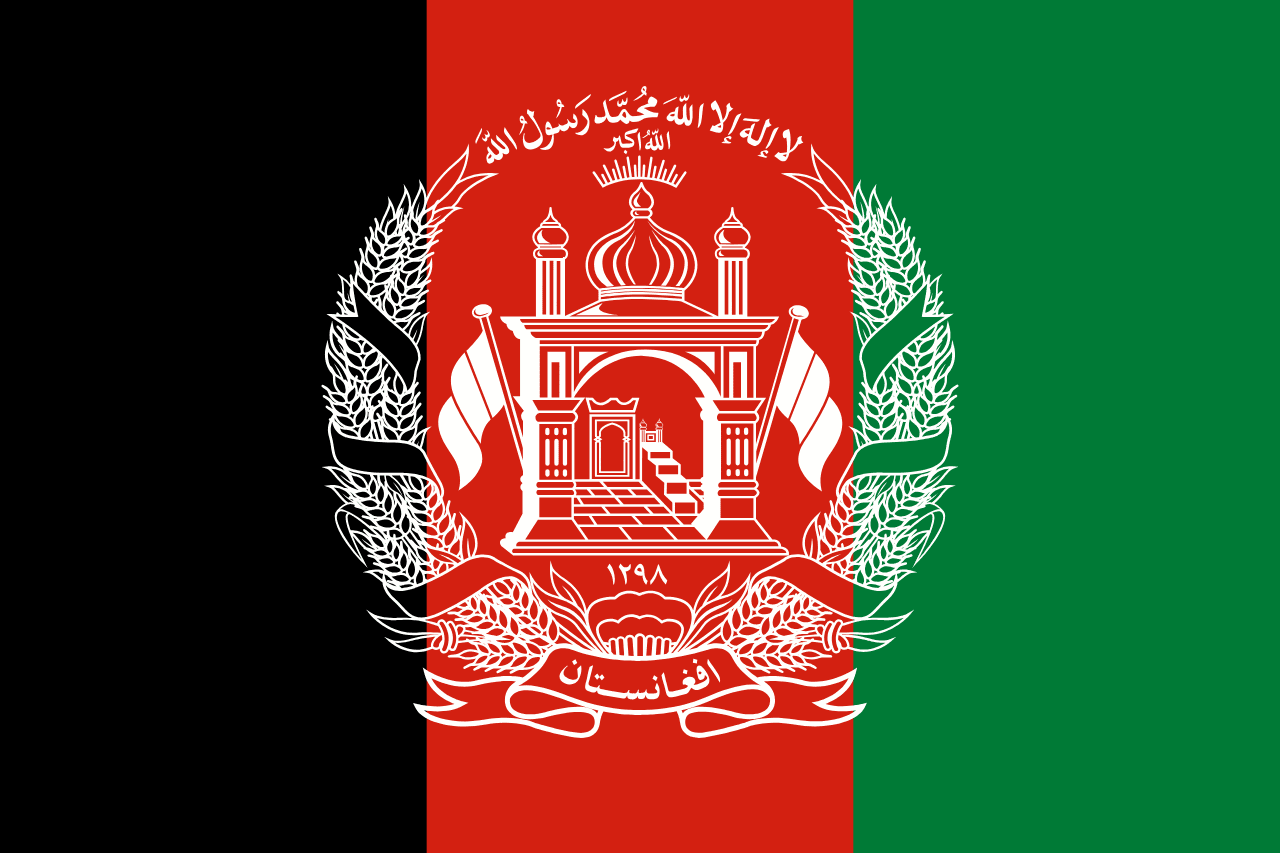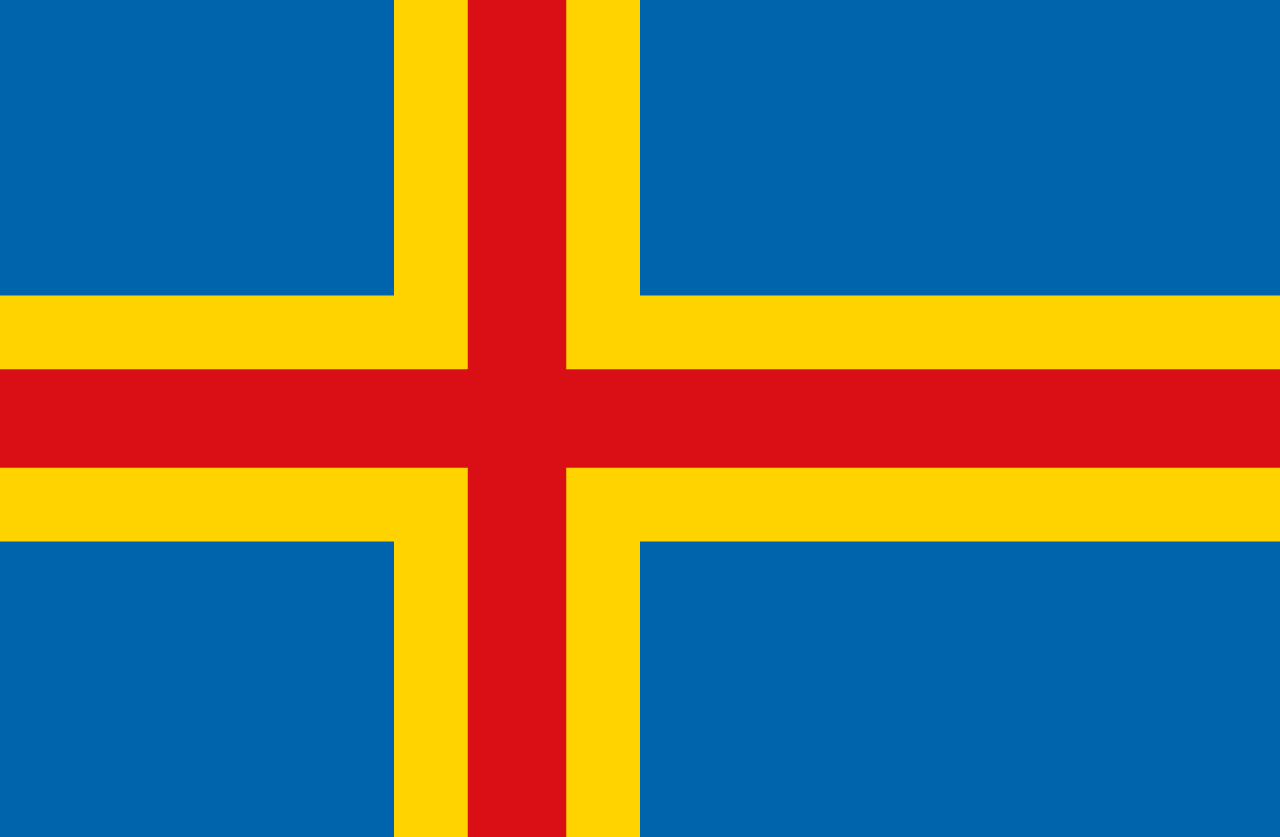The flag of Algeria features two equal vertical bands of green and white, with a red star and crescent centered. This striking design embodies the nation's rich history, cultural identity, and aspirations. The green symbolizes Islam, the predominant religion in Algeria, while the white represents purity and peace. The red star and crescent, traditional Islamic symbols, pay homage to the country's religious heritage and the sacrifices made during the struggle for independence.
Algeria information
| National Flag Day | July 18 |
| Sovereign state | Yes |
| Official name | People's Democratic Republic of Algeria |
| Capital | Algiers |
| Population | 43,851,044 |
| Area | 2,381,741 km² |
| Currency | Algerian dinar (DZD) |
| Language | Arabic, Berber, French |
| Continent | Africa |
| Region | North Africa |
| Subregion | Maghreb |
| Borders | Tunisia, Libya, Niger, Mali, Mauritania, Morocco |
| Timezone | Central Africa Time (CAT) UTC+1 |
| Calling code | +213 |
| Top-level domain | .dz |
History of the Algerian Flag
The current Algerian flag was officially adopted on July 3, 1962, coinciding with the country's independence from France. Its design draws inspiration from the banner used by the National Liberation Front (FLN) during the Algerian War of Independence (1954-1962). The flag's roots, however, can be traced back to 1928 when it was created by Messali Hadj, a prominent figure in the Algerian nationalist movement. The flag became a powerful symbol of resistance and unity during the long struggle for freedom.
Symbolism and Design of the Algerian Flag
 Each element of the Algerian flag carries profound meaning. The green band, occupying the hoist side, represents Islam and the country's Islamic heritage. The white band symbolizes purity, peace, and hope for a prosperous future. The red star and crescent, centered at the flag's core, serve multiple purposes: they reinforce the Islamic identity, commemorate the sacrifices made during the independence struggle, and represent progress and enlightenment. The precise shade of green used is often referred to as "Islamic green," further emphasizing its religious significance.
Each element of the Algerian flag carries profound meaning. The green band, occupying the hoist side, represents Islam and the country's Islamic heritage. The white band symbolizes purity, peace, and hope for a prosperous future. The red star and crescent, centered at the flag's core, serve multiple purposes: they reinforce the Islamic identity, commemorate the sacrifices made during the independence struggle, and represent progress and enlightenment. The precise shade of green used is often referred to as "Islamic green," further emphasizing its religious significance.
Usage and Significance of the Algerian Flag
 The Algerian flag is a ubiquitous symbol of national pride and identity. It flies prominently on government buildings, schools, and public institutions. During national holidays such as Independence Day (July 5) and Revolution Day (November 1), the flag takes center stage in celebrations across the country. It's also a common sight at international sporting events, particularly when Algerian athletes compete. The flag serves as a unifying emblem, reminding Algerians of their shared history and collective aspirations for the future.
The Algerian flag is a ubiquitous symbol of national pride and identity. It flies prominently on government buildings, schools, and public institutions. During national holidays such as Independence Day (July 5) and Revolution Day (November 1), the flag takes center stage in celebrations across the country. It's also a common sight at international sporting events, particularly when Algerian athletes compete. The flag serves as a unifying emblem, reminding Algerians of their shared history and collective aspirations for the future.
Interesting Facts About the Algerian Flag
- The star and crescent on the Algerian flag are slightly different from those on other flags, with the star positioned to the left of the crescent rather than inside it.
- The flag's design has remained unchanged since its adoption in 1962, reflecting its enduring significance to the Algerian people.
- During the colonial period, displaying the Algerian flag was considered an act of rebellion and could result in severe punishment by French authorities.
- The flag's colors and symbols have inspired various elements of Algerian culture, including art, literature, and fashion.
- In 2004, Algeria established a National Flag Day on July 18 to commemorate the day when the flag was first raised over Algerian soil after independence.





